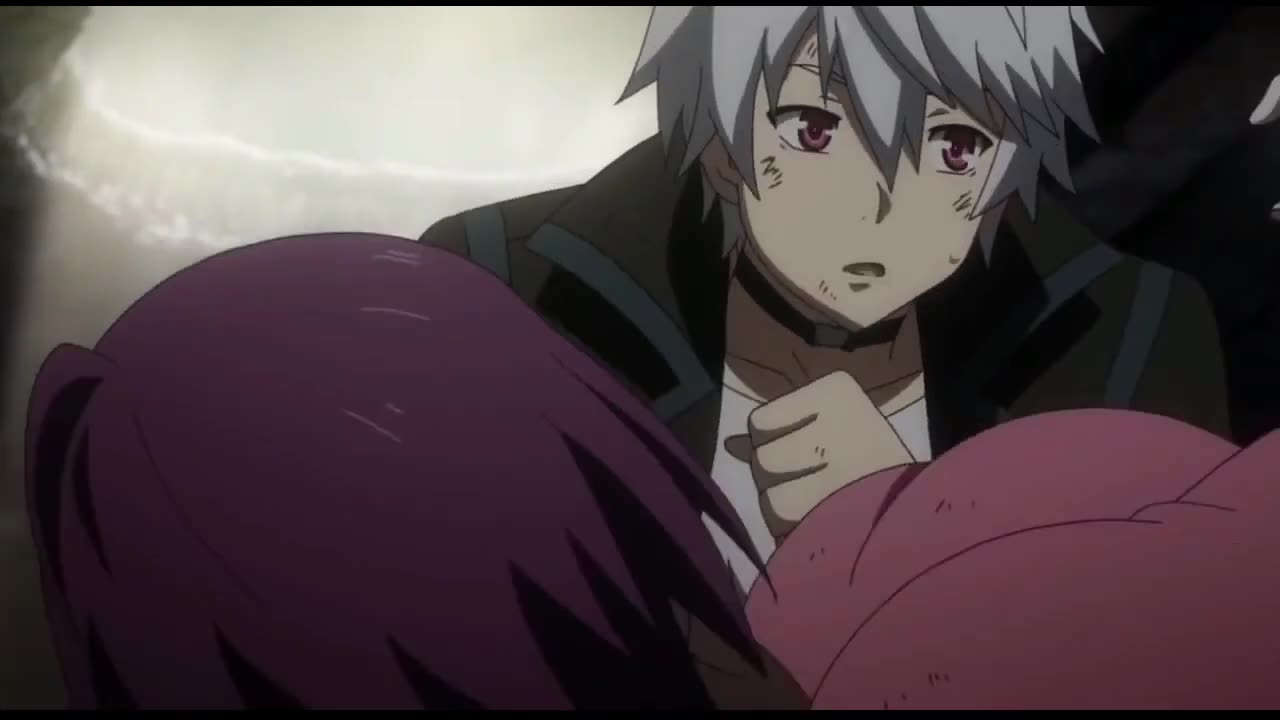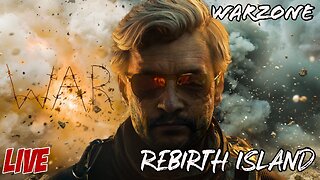Premium Only Content

Anime video.
Anime is a popular form of animation that originated in Japan and has become a global phenomenon. It is characterized by its vibrant art style, diverse themes, and a wide range of genres. The anime video you might be thinking of could encompass a wide variety of elements depending on the particular show or film. Below is a general description of what you might expect to see in an anime video, including its visuals, storytelling, characters, and themes.
### Visuals
Anime is known for its visually stunning animation and artistic styles that can vary significantly from one production to another. Some common visual elements you might find in an anime video include:
- **Character Designs**: Characters often have distinct features such as large, expressive eyes, colorful hair, and exaggerated facial expressions. Their outfits may reflect the setting or the character's personality.
- **Backgrounds**: Detailed backgrounds help create the world of the story, whether it's a modern city, a historical setting, or a fantastical realm. They can range from highly realistic to more stylized and abstract.
- **Action Sequences**: Anime is known for dynamic action scenes, especially in genres such as shonen (aimed at young males). These sequences may include intense fights, chases, or battles with fluid animation and creative camera angles.
- **Color Palette**: The color palette in anime can be vibrant and varied, enhancing the mood and setting of the story. It may shift to convey different emotions or themes.
### Storytelling
Anime storytelling is diverse and can include a wide range of genres, such as action, adventure, romance, drama, horror, science fiction, and fantasy. Some key aspects of storytelling in anime include:
- **Plot Complexity**: Many anime series feature complex plots with multiple layers, twists, and turns. Story arcs can span entire seasons or even multiple series.
- **Themes**: Anime often explores themes such as friendship, perseverance, self-discovery, and the struggle between good and evil. It can also delve into more mature and philosophical themes like identity, morality, and human nature.
- **World-building**: Anime often excels in creating rich and immersive worlds with their own rules, cultures, and histories. This is especially true for fantasy and science fiction genres.
- **Pacing**: The pacing of anime can vary, from fast-paced action scenes to slower, character-driven moments. The balance between action and dialogue-driven scenes helps keep the audience engaged.
### Characters
Characters are central to any anime story, and they often have distinct personalities, motivations, and backstories. Some key aspects of anime characters include:
- **Character Development**: Anime often focuses on character development, allowing characters to grow and change over time. This can include overcoming personal challenges or evolving their relationships with others.
- **Relationships**: Relationships between characters are a major focus in many anime series, whether they be friendships, romantic connections, or rivalries. These relationships often drive the plot forward.
- **Antagonists and Protagonists**: Anime often features well-developed antagonists and protagonists with their own goals and motivations. This creates a compelling dynamic between characters.
- **Supporting Cast**: In addition to main characters, anime often includes a diverse supporting cast that adds depth to the story and provides different perspectives.
### Themes and Tone
Anime can vary greatly in terms of themes and tone. Some common themes and tones you might find in an anime video include:
- **Action-Packed**: Many anime series are known for their action-packed sequences, often involving martial arts, magical abilities, or futuristic technology.
- **Romantic**: Romantic anime explores relationships between characters, often focusing on themes such as love, heartbreak, and personal growth.
- **Dramatic**: Drama is a common element in anime, with intense emotional scenes and complex character interactions.
- **Comedic**: Some anime focus on comedy, using humor and absurd situations to entertain the audience.
- **Dark and Mysterious**: Some anime delve into darker themes, including psychological horror, supernatural elements, and mysteries.
### Cultural and Historical Influences
Anime often draws on Japanese culture and history, as well as global influences. You might find references to traditional Japanese customs, folklore, and historical events in the video. However, many anime series also incorporate elements from other cultures, blending them with unique, original ideas.
### Music and Sound
The audio experience in anime is equally important, with soundtracks that enhance the atmosphere and emotions of the story. Anime often features:
- **Opening and Ending Themes**: Most anime series have distinct opening and ending themes that set the tone for the show and provide closure at the end of each episode.
- **Background Music**: Background music helps to create the right mood for scenes, whether it's suspenseful, dramatic, or lighthearted.
- **Voice Acting**: The voice acting in anime is a key element that brings the characters to life. Skilled voice actors portray characters' emotions and personalities effectively.
### Conclusion
Overall, an anime video is a rich and immersive experience that combines stunning visuals, engaging storytelling, complex characters, and diverse themes. Whether you're watching a thrilling action-adventure, a heartwarming romance, or a thought-provoking drama, anime has something to offer for everyone. Its global popularity is a testament to its ability to resonate with audiences around the world.
-
 2:07:42
2:07:42
BlackDiamondGunsandGear
13 hours agoWho’s in Town for This Stream?
79K5 -
 1:24:56
1:24:56
Quite Frankly
23 hours ago"Wild Tales: Crazy Story Hotline" | The Brothers Ep. 1
111K16 -
 12:37
12:37
Tundra Tactical
19 hours ago $6.69 earned🚫🚫 Biden Era GUN CONTROL Gone!!!! 🚫🚫
83K21 -
 1:00:09
1:00:09
Motherland Casino
12 hours ago $7.24 earnedCynthia X Mia
71K7 -
 5:32:47
5:32:47
BubbaSZN
18 hours ago🔴 LIVE - BUBBA PLAYS WARZONE SEASON 3
49.5K2 -
 2:29:26
2:29:26
Mally_Mouse
18 hours agoSaturday Shenanigans!! - Let's Play: REPO
64.6K14 -
 8:07
8:07
WhaddoYouMeme
1 day ago $5.39 earnedBut His Response Left Them Speechless!
49K55 -
 21:24
21:24
marcushouse
1 day ago $4.75 earnedStarship Launches Won’t Be the Same After This! 🔥
45.2K23 -
 1:53:32
1:53:32
Joker Effect
13 hours agoINSANITY! DRAMA! MOTHERLAND HYPE! Going for the big win! If I reach 7k I am giving away money!
25.9K2 -
 6:29:18
6:29:18
Lilpaul112
15 hours agoSolo Quading The Island!
20.6K2